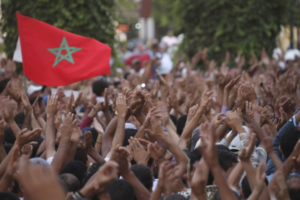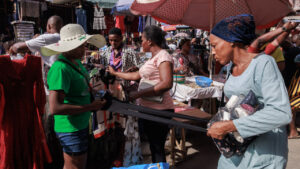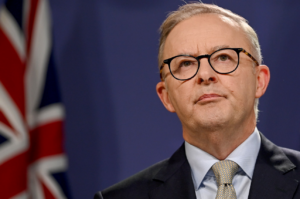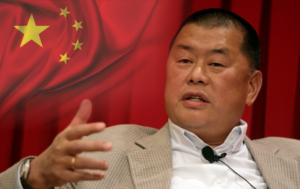Africa’s Hidden Wealth: The Continent’s Resources Shape the World but Her People Reap the Least
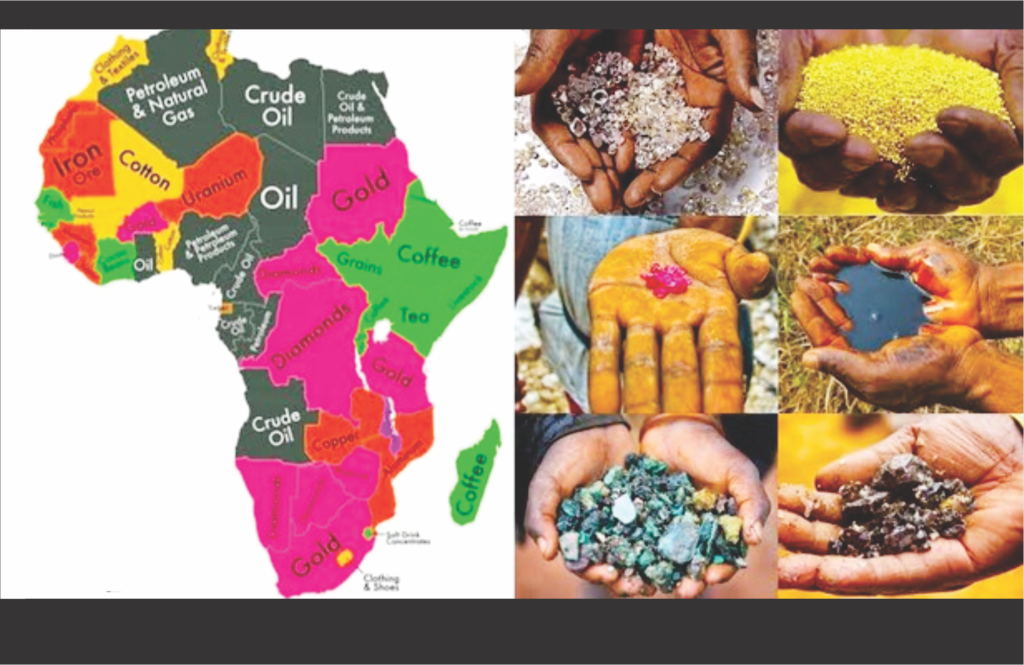
Africa’s Hidden Wealth: The Continent’s Resources Shape the World — Yet Her People Reap the LeastAfrica is a land of extraordinary abundance. Beneath Africa’s sweeping savannas, dense forests and arid plains lies a hidden empire of wealthy-trove of minerals and energy resources that has long shaped the continent’s destiny and position, waiting to just venture into becoming a world power of 54 global political-captains, a continent of industrialised nations. Because, nearly half of the world’s gold and one-third of all known minerals can be found in Africa, a staggering figure that accentuates the continent’s central role in the global economy.

This continent where below the red soils and rolling savannas lie some of this planet’s richest minerals’ storages, even moreso, like oil and arable land; from cobalt to crude oil, diamonds to fertile plains, Africa holds the raw materials that power global industries, fuel global economies, and increasingly define political destinies. Yet the story of this wealth is as complex as the continent itself. A tapestry woven from opportunity, inequality and ambition.
As far back as 2019, Africa produced over one billion tonnes of minerals, worth an estimated $406 billion, according to the United Nations. Beyond gold, the continent holds around 30 percent of the world’s mineral reserves, 12 percent of global oil, and 8 percent of natural gas reserves. It is also home to 90 percent of the world’s chromium and platinum, two metals critical to modern technology and manufacturing.
Across its 54 nations, Africa’s mineral wealth is staggering. The continent holds around 30% of the world’s cobalt, a critical metal for batteries and renewable technologies. The Democratic Republic of Congo (DRC) dominates this sector, producing much of the cobalt that powers electric vehicles and smartphones worldwide. The DRC also glitters with diamonds and industrial minerals that have long attracted foreign interests and, at times conflict.
To the south, South Africa stands as a mining giant, leading in gold, platinum, and diamonds, while neighboring Botswana’s diamond industry remains a rare success story in state management and profit-sharing. Further north, Morocco controls massive phosphate deposits, a resource essential to global agriculture, while Algeria and Libya rely heavily on their petroleum reserves to drive state economies.
In West Africa, Nigeria looms large as the continent’s top oil producer, a position that has made it both wealthy and vulnerable. Meanwhile, Guinea’s bauxite reserves are among the largest in the world, feeding aluminum industries across continents.
Beyond minerals and oil, Africa’s greatest untapped potential may lie above ground. The continent possesses some of the world’s largest tracts of arable land and vast freshwater reserves, making it a potential breadbasket for the future. Yet much of this land remains underutilized, hindered by inadequate infrastructure, political instability, and limited access to technology.
Many African rural communities see that the promise of prosperity from these nature resources remains elusive. While foreign investors eye Africa’s soil as a solution to global food insecurity, locals often face land disputes and environmental degradation. An irony not lost to both policymakers and activists.

According to the Africa Policy Research Institute (APRI), the extraction of these natural resources continues to drive national economies but also raises urgent questions about transparency and equitable distribution. In nations like Nigeria and Angola, oil wealth has spurred both opulence and inequality, enriching political elites while leaving large segments of the population in poverty.
In South Africa, the mining industry remains a cornerstone of the economy but a flashpoint for social unrest, as communities demand fair labor practices and environmental responsibility. Across the continent, a similar tension persists: how to turn resource wealth into inclusive growth.
The struggle over Africa’s natural riches is not only a matter of economics, but a promising window of developmental leverages that can also translate into deeply individual benefits. In mining towns and oil-producing regions, families live in the shadow of immense wealth, often without access to the basic services that their country’s exports could easily fund. In villages along the Niger Delta, parents worry about polluted rivers and lost fishing livelihoods. In the copper towns of Zambia, young workers dream of jobs that never come.
At the same time, a new generation of African entrepreneurs, policymakers, and activists is reimagining how the continent’s resources could serve its people. From sustainable mining initiatives to renewable energy projects in Kenya and Namibia, the movement toward accountability and innovation is growing louder.
Africa, a continent with enough natural wealth to fuel prosperity for her generations, yet still wrestling with the legacy of extraction, selfless political-leadership-management and external control. The question is no longer whether Africa is rich, but whether that richness can be transformed into shared progress.
As global demand for critical minerals and clean energy rises, the world is once again turning to Africa. This time, some of the continent’s leaders, families, opinion polls, communities, etc., are determined that the story of Africa’s resources will not just be one of raw exports, but of refined opportunity.


